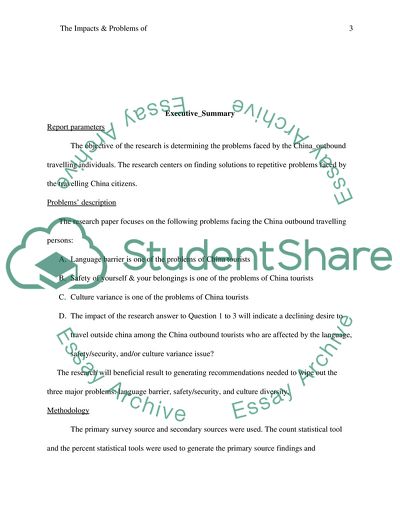Cite this document
(The Impacts and Problems of the Chinese Outbound Tourism Research Paper, n.d.)
The Impacts and Problems of the Chinese Outbound Tourism Research Paper. https://studentshare.org/tourism/1876093-the-impacts-and-problems-of-the-chinese-outbound-tourism
The Impacts and Problems of the Chinese Outbound Tourism Research Paper. https://studentshare.org/tourism/1876093-the-impacts-and-problems-of-the-chinese-outbound-tourism
(The Impacts and Problems of the Chinese Outbound Tourism Research Paper)
The Impacts and Problems of the Chinese Outbound Tourism Research Paper. https://studentshare.org/tourism/1876093-the-impacts-and-problems-of-the-chinese-outbound-tourism.
The Impacts and Problems of the Chinese Outbound Tourism Research Paper. https://studentshare.org/tourism/1876093-the-impacts-and-problems-of-the-chinese-outbound-tourism.
“The Impacts and Problems of the Chinese Outbound Tourism Research Paper”. https://studentshare.org/tourism/1876093-the-impacts-and-problems-of-the-chinese-outbound-tourism.


